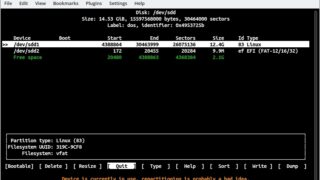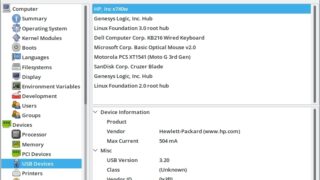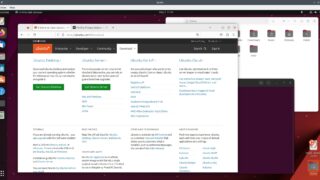How to Check Un-allocated Disk Space in Linux
Un-allocated space is that disk space which is not inside any partition and is lying free. This space cannot be formatted to a file-system without first creating a partition in it. In order to use the space in unallocated space, you must either create a new partition in that space, or merge the space with… Read More »



